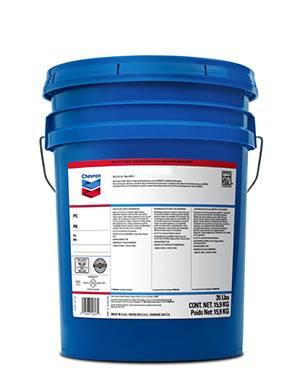ಸೆಪ್ಟೆಂ . 28, 2024 23:26 Back to list
Guidelines for Sizing Control Valves in Process Systems and Applications
Understanding Control Valve Sizing
Control valves play a pivotal role in regulating fluid flow within various systems, from simple water lines to complex industrial processes. The proper sizing of control valves is critical to ensure optimal performance, energy efficiency, and system reliability. An incorrectly sized valve can lead to issues such as excessive noise, increased pressure drop, and even complete system failure.
The Importance of Control Valve Sizing
Control valve sizing is not merely a technical consideration; it directly impacts the overall efficacy of a system. A valve that is too small may not provide sufficient flow, leading to inadequate performance and potential overheating, while an oversized valve may cause turbulence and noise due to fast flow velocities. Moreover, improperly sized valves can lead to inefficient energy use, causing unnecessary operational costs. Therefore, understanding the key factors in control valve sizing is crucial for engineers and system designers.
Key Factors in Sizing Control Valves
1. Process Requirements The primary factor in sizing a control valve is the specific requirements of the process itself. This includes the desired flow rate, pressure, temperature, and the type of fluid being handled. Understanding these parameters lays the foundation for selecting the right valve size.
2. Flow Coefficient (Cv) The flow coefficient (Cv) is a crucial aspect in valve sizing. It represents the amount of fluid (in gallons per minute) that can flow through a valve with a 1 psi pressure drop. Calculating the required Cv is essential as it directly influences the size of the valve needed.
control valve sizing

3. Pressure Drop The pressure drop across the valve is another critical consideration. It represents the difference between the inlet and outlet pressures. A large pressure drop can indicate that the valve is oversized, while a small drop might suggest that it is undersized. The maximum acceptable pressure drop should be set based on system design and fluid dynamics.
4. Fluid Characteristics The type of fluid being controlled can significantly affect sizing. Factors such as viscosity, density, and temperature can alter how the fluid flows and interacts with the valve. For instance, viscous fluids may require larger valves or special designs to allow for proper flow rates.
5. Control Range The range of control needed for a specific application must be considered. For example, applications requiring fine control may need a different valve configuration compared to those that only require on/off functionality.
Sizing Methods
Several methods exist for sizing control valves, including graphical, empirical equations, and computer simulation software. Engineers often choose a method based on the complexity of the system and the level of accuracy required. Regardless of the chosen method, the goal remains the same to achieve precise control of flow with minimal disturbance in the system.
Conclusion
In conclusion, control valve sizing is a critical component of effective fluid control in various applications. Engineers must carefully consider the specific process requirements, flow coefficients, pressure drops, fluid characteristics, and control ranges when selecting the right valve size. By doing so, they can ensure that their systems function efficiently, safely, and reliably, ultimately leading to improved energy efficiency and operational effectiveness. Proper control valve sizing not only enhances system performance but also contributes to the longevity and reliability of the entire fluid handling system.
-
Why Metric Trapezoidal Thread is Ideal for Precision Motion ControlNewsAug.05,2025
-
The Unique Properties of a Block of Granite for Industrial UseNewsAug.05,2025
-
The Role of Flanged Y Strainers in Preventing Pipeline ClogsNewsAug.05,2025
-
The Importance of Regular Calibration for Master Ring GagesNewsAug.05,2025
-
How a Cast Iron Surface Table Enhances Accuracy in ManufacturingNewsAug.05,2025
-
Comparing Different Check Valve Types for Optimal Flow ControlNewsAug.05,2025
Related PRODUCTS









